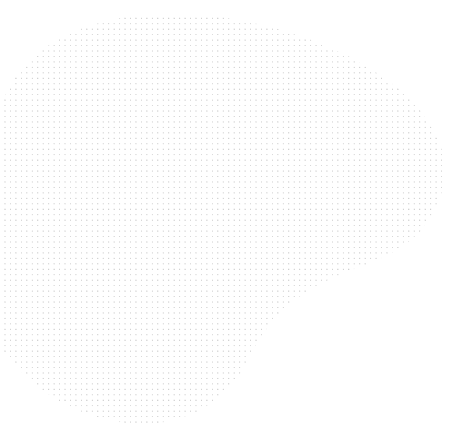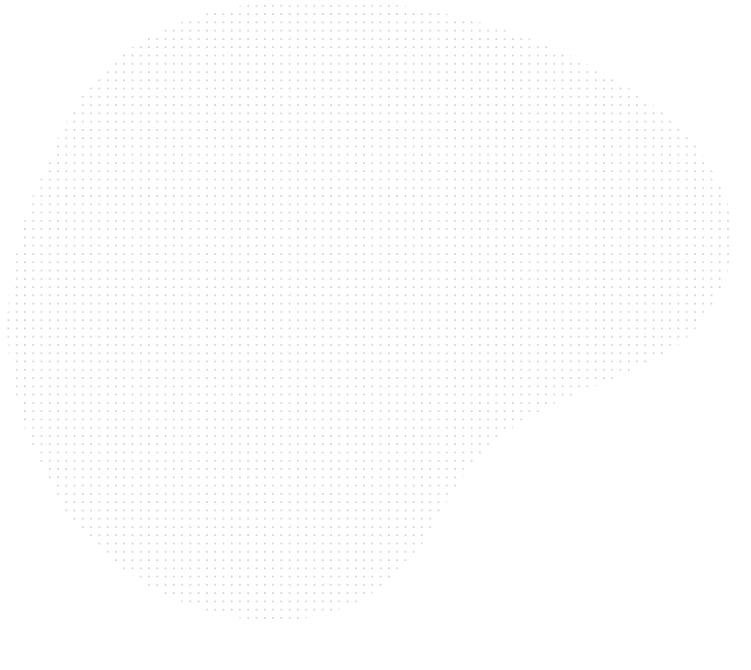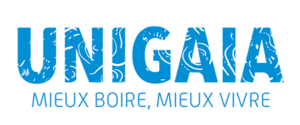
TÔGBLÉ: name borrowed from the lake populations of Lake Nokoué in Benin which means in Fon language "the river is spoiled" in reference to the plague of the water hyacinth, this floating aquatic plant which develops at a dizzying speed, preventing the penetration of the sun's rays into the water and contributing to the rarefaction of the aeration and the asphyxiation of the lake Major consequence: it endangers the ecosystem of Lake Nokoué by annihilating the faunal and floral species of the lake and by considerably impacting the activities of the populations of the lake villages of 5 communes of the South of Benin
OBJECTIVE: Act urgently to restore the biodiversity of Lake Nokoué
Within the framework of the implementation of the MUPEL project, the issue of restoring the biodiversity of Lake Nokoué
biodiversity of Lake Nokoué is a major objective for the improvement of the living environment in the lake villages of Benin. Indeed, beyond the worrying pollution of Lake Nokoué, the scourge of the water hyacinth is a major problem to which no solution has yet been found to get the population (70% of which lives from fishing) out of a situation of extreme poverty (60% below the poverty line).
WHAT THE PROJECT CONSISTS OF:
1. The solution to substantially reduce the disastrous impact of this invasive plant by introducing on the lake the use of a mechanical harvester in order to massively harvest the water hyacinth, to dry it and to contribute to its valorisation
2. Creation of a local company dedicated in particular to the cleaning and the valorization of the water hyacinth and the waste of the lake. A project of creation of a mixed company, named COSWAFRICA, is planned within the framework of the MUPEL project.
3. Acquisition of water hyacinth harvesters:
In the very short term (2023/2024): acquisition of one (01) water hyacinth harvester of 13 meters long to treat the covered surfaces of the lake at the level of the lacustrian villages of Sô Ava (mission of cleansing of the lake in connection with the MUPEL project)
- In the short term (2024/2025): acquisition of two (02) additional harvesters of 13 and 16 meters long to tackle the water hyacinth that is invading the other villages located on Lake Nokoué, the Porto-Novo lagoon, the Ouémé River, the Mono River and Lake Ahémé.
4. Impacts and valorization of the harvested product
The solution of mechanically collecting water hyacinth on Lake Nokoué can be eminently profitable on three levels: economic, health and environmental.
On the economic level, beyond the benefits for tourism and transport (fluidity of navigation on the lake) in particular, a multitude of modes of valorization of water hyacinth are to be promoted in this perspective, examples of wastewater treatment, paper manufacture, basketry, charcoal briquetting, cattle feed, compost, etc.
As for the impact on the environment, it is undeniable that the restoration of the biodiversity of the lake would favor the regeneration of the communities of fish and flora (asphyxiated by the plant)




- Intervention theme
-
- Environment
- Waste
- Water - EHA
- Health
- Agri-agro
- BIODIVERSITY - CLIMATE
- Area of intervention
-
- Benin
- Skills required
-
- Search for funding
- Marketing/Marketing
- Project coordination
- Impact assessment
- Other (please specify)
- Associative partner (law 1901)
- Type of partnership
-
- Sponsorship
- Co-construction
- Financing
- In search of funding
Background
The scourge of the water hyacinth
"The water hyacinth is a freshwater plant, floating and invasive of Lake Nokoué. This plant forms a dense vegetal carpet making it impossible to transport by boat and a fortiori to fish. Depending on the environmental conditions, a carpet of water hyacinths can double in size in 6 to 18 days. It represents a real threat for the biodiversity of the environment
invaded environment. Indeed, since it occupies the surface of water, it :
- blocks the exchanges between the atmosphere and the water and thus the oxygenation of the water, thus endangering the aquatic animal life.
- prevents the light rays from reaching the immersed plants, thus killing these plants and the aquatic animals that feed on them.
This plant has two modes of reproduction. When the conditions of life are favorable, it reproduces by vegetative multiplication. When the bad season arrives (high salinity or low temperature for example), the fruits of the water hyacinth fall into the water with their seeds. During all this bad season, the seeds remain in hibernation in the mud. When the good season returns, these seeds germinate and give birth to new plants.
The proliferation of water hyacinths, by the congestion that they create in the aquatic systems, makes difficult the catchment of water. In addition, navigation becomes difficult, which limits the transport activities of users. On Lake Nokoué, access to lake villages such as Ganvié becomes difficult and limits tourist activities. The water hyacinths in these lakeside villages and those in the neighborhoods bordering the lake become ideal habitats for mosquitoes responsible for malaria.
The solution
Mechanical harvesting of hyacinths is considered the best short-term solution to control the proliferation of the plant. This requires relatively heavy amphibious equipment (harvesters of 13 and 16 meters long, working like a harvester, conveyor belts, boats & belts and conveyors, ...) for the collection of plants in the water for their transport on the bank and their routing to a waste treatment center. The advantage of this method is that almost all water hyacinths are removed massively and quickly in one go This method is very rigorous even if sometimes some disadvantages make that other vegetable species are removed with this cursed plant.
Opportunities of its economic valorisation
"Perennial water hyacinths can weigh up to 50 kg/m² (90% water). This represents a colossal mass of organic matter potentially recoverable in many ways. Three distinct parts make up this plant: the roots, the leaves and the flower. Its invasive character and its fast proliferation pushed the local populations to find activities of valorization such as:
- the manufacture of threads and ropes (leaves)
- the development of basketry, baskets and mats (leaves)
- the development of charcoal briquettes obtained by the pyrolysis of water hyacinth (leaves, flower, roots)
- water treatment or phytodepuration (root system but need of the plant as a whole)
Water purification by phytodepuration
- animal nutrition (leaves)
- production of biogas (leaves)
- creation of fertilizer or mulching of crops (leaves, flower and roots)
- the production of absorbent fibers to face oil spills (roots)
Overview of its presence in Lake Nokoué
"The climate of Lake Nokoué induces a certain periodicity in the presence of the water hyacinth on the lake. Rainfall and its impact on the salinity of the lake water is the major factor influencing its (non) proliferation. This plant expands most during the fresh water period, i.e. from the end of July to October. Then, the decrease of the rainwater supply reduces the flow of the rivers that feed the lake with fresh water. The level of the lake goes down. This level approaches that of the ocean, the water of the lake becomes more brackish. As a consequence, the water hyacinth
develops at a slower speed from December and ends up dying around mid-February when the salinity becomes too high.


Publics concerned
Populations of the lake villages in general, particularly :
- Fishermen's families (70% of the activity of the lake towns of Sô Ava)
- Farmers (use of compost, organic fertilizers),
- Cattle breeders (cattle feed)
- Artisans (manufacture of basketry articles),
- River transporters (fluidity of navigation)
- Compost manufacturers
- Industrial and semi-industrial processors (biogas production, manufacture of depollutants, ...)
- Tourism actors and hotels
- River transporters
- Other related activitiesLocal partners
Sô Ava City Hall (Benin)
NGO Terre Nouvelle (Benin)
Project objectives
"TRANSFORM THIS RIVER AFFECTING THE BIOLOGICAL DIVERSITY OF THE LAKE KONOUE INTO AN ECONOMIC OPPORTUNITY".
Within the framework of the integrated MUPEL project, in particular with regard to the component "depollution of the surface of the lake which is to accommodate the water production units", the question of the harvesting and the valorization of the water hyacinth proved to be of primary importance for the pumping and the filtration of the water. It is in this perspective that the Tôgblé project was initiated and which consists of:
1) The creation of a local service company specialized in activities related to Water & Sanitation (ODD6), including the treatment of the water hyacinth of the lake (harvesting and valorization of the plant)
2) Summary technical and economic pre-studies (at the level of the 5 lake districts of Sô Ava) for the valorization of the harvested water hyacinth deposits
3) Acquisition of 3 water hyacinth harvesters, divided into two phases as follows
2023/2024: 01 harvester of 13 meters long [surface treatment capacity = 3500 m²/hour] to treat the areas covered with water hyacinth in the commune of Sô Ava and then in the commune of Mono 2024/2025: 01 harvester of 16 meters [surface treatment capacity = 4000 m²/hour] and 01 other of 13 meters for the other communes located in Lake Nokoué, the Porto-Novo lagoon, the Ouémé River, the Mono River and Lake Ahémé
Mono River and Lake Ahémé.
Activities
1) Realization of phase 1 of the Tôgblé project: acquisition and operation of a mechanical water hyacinth harvester for the treatment of infested surfaces in the lake areas of the commune of Sô Ava
The budget necessary for the acquisition and the exploitation of the machine amounts to 100 000 € without taxes and is broken down as follows
- Cost of the harvester (13 meters long): 65 000 €.
- Cost of the conveyor on the shore (conveyor belt): 15 000 €.
- Cost of maritime transport by container: 10 000 €.
- Establishment of the company dedicated to the management of the project: 10 000 €.
Realization of technical and economic studies (treatment and valorization of the plant) at the level of the 5 districts of Sô Ava
Setting up the means of equipment and operation of the company
Training of technicians and commercial agents
2) Contribution to the promotion of hyacinth development activities
The development of water hyacinth should be oriented towards the reinforcement of activities already established in the region,




Are you interested in this project?
Get in touch with UNIGAIA Association the collective solutions factory
to obtain contact information
You need to be logged in to request a match.
New to Coexist?







